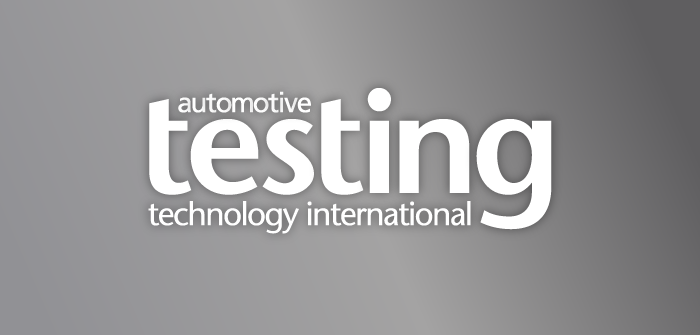The executive and technical director reveals his vision of the test track of the future
What are the key elements of a successful test track?
The key element of a successful test track is that it fits the demands of the development. That means, the track should enable a simulation and verification of the relevant testing issues. Safety is the most important, reproducibility the second.
What does the ideal test track look like?
That depends on the demands a track for durability purposes should be a mixture of all relevant country and city roads. It should enable a safe and reproducible ride. High-speed tracks should be as large as possible because only the straights can be used for testing the bends are simply the connection between the straights.
How can existing test tracks be improved?
There are two key elements regarding the design of test tracks. First is the demand for safety. Rails, gravel beds and other safety installations should enable a safe test procedure, even in case of a driving or technical failure. Second is the usability for driver assistant systems through to autonomous driving, which will be a big issue in the near future.
What new features will test tracks of the future need to have?
For homologation tests, such as tire testing according to R117 or pass-by-noise testing, the need for a defined reproducible surface is increasing. To maintain these conditions, an ongoing renewal of the surfaces after a few years is necessary.
All vehicles should be under supervision by means of a GPS- based tracking system, which should also include a collision warning system based on V2V communication. There will still be a demand for proving grounds in hot and cold environments, but the real-life testing should take place under conditions that are relevant in the key market regions.
Workshops are increasingly needed, because track testing is reduced, whereas data analysis and the optimization of software is becoming more and more important. The work in the offices also becomes important, while the mechanical work on vehicles will be less. The special demands for working with high voltages also needs more attention.
May 31, 2017


